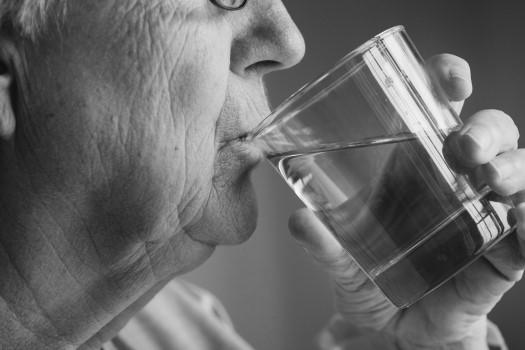Updated: August 19, 2022
What Happens after Phragmites is Killed? (EBR-59)
Non-native Phragmites australis can negatively impact wetlands by altering hydrology, displacing plants and animals, and increasing fire potential. Researchers are trying to understand if eradicating Phragmites without replanting the marsh with native plants can result in negative impacts to the marsh. Authors: Eric Buehl, Andrew Baldwin, Sylvia Jacobson, Karin Kettenring, Melissa McCormick, Dennis Whigham; Title: What Happens after Phragmites is Killed? (EBR-59)
Updated: August 10, 2022
Water Quality and Food Safety: Understanding Factors Impacting Surface Water Quality
The FDA Food Safety Modernization Act (FSMA) Produce Safety Rule (PSR) requires farmers to test water used for agricultural production for generic E. coli. This document helps farmers understand how to interpret their water testing results, environmental factors that can impact those results, and solutions for high bacteria levels.
Updated: July 29, 2022
With Buildings Preparing to Reopen, It’s Time to Think About Stagnant Water and Health Risks (EBR 2020-0542)
This is an infographic increasing awareness of potential water quality and health risks (lead, copper, and Legionella bacteria) associated with reopening buildings that have been closed for an extended period. Authors: Andrew Lazur and Rachel Rosenberg Goldstein; Title: Think About Stagnant Water and Health Risks (EBR 2020-0542)

